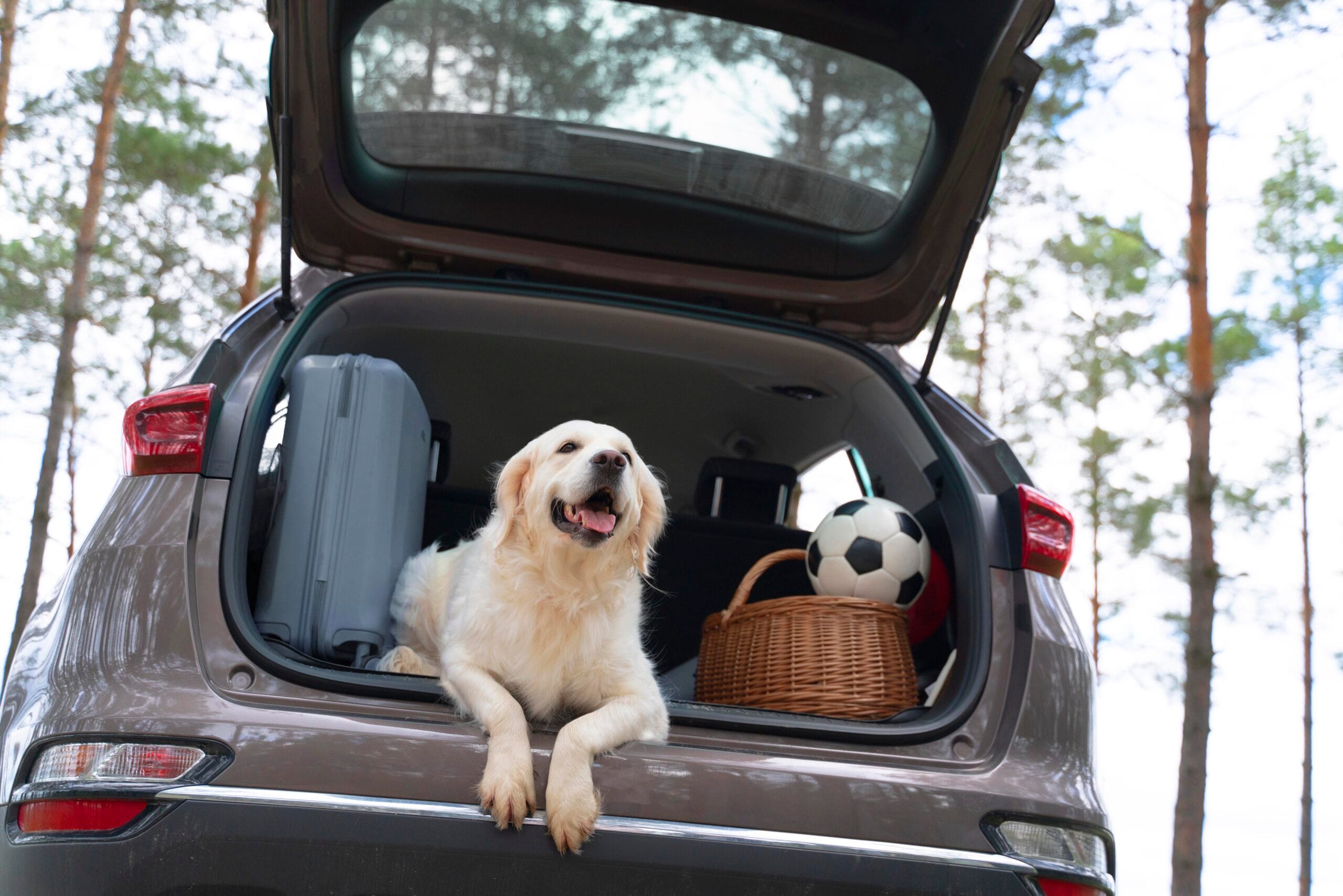When it comes to a long-distance move, proper packing is crucial to ensuring your belongings arrive safely at your new home. A well-organized packing strategy can save you time, stress, and money. This comprehensive guide will provide you with essential packing strategies for a successful long-distance move, covering everything from gathering supplies to unpacking at your destination. By following these steps, you’ll be well-prepared to handle the challenges of packing for a long-distance move and ensure a smooth transition to your new home.
1. Gather All Necessary Packing Supplies
Stock Up on Quality Materials
Before you start packing, make sure you have all the necessary supplies. High-quality packing materials will protect your belongings during transit. Stock up on sturdy boxes of various sizes, packing tape, bubble wrap, packing paper, markers for labeling, and plastic wrap for furniture. Investing in quality materials can prevent damage and save you from potential headaches down the line.
Utilize Specialty Boxes
For delicate and valuable items, consider using specialty boxes. Wardrobe boxes are perfect for hanging clothes, dish boxes with dividers keep your kitchenware safe, and picture boxes protect your artwork and mirrors. Using the right boxes for specific items adds an extra layer of protection.
2. Create a Packing Plan
Start Early and Pack Room by Room
Begin packing as early as possible to avoid last-minute stress. Create a packing plan that outlines which rooms and items to pack first. Start with non-essential items such as seasonal clothing, decorations, and books. Packing room by room helps you stay organized and makes unpacking easier.
Label Boxes Clearly
As you pack, label each box with its contents and the room it belongs to. This will make unpacking much easier and help you stay organized during the move. Consider using color-coded labels for each room to further streamline the process. Detailed labeling ensures that movers know where each box should go in your new home.
3. Pack Fragile Items with Care
Use Plenty of Padding
When packing fragile items, use plenty of padding to prevent damage. Wrap each item individually in bubble wrap or packing paper and fill any empty spaces in the box with packing peanuts or crumpled paper. This will cushion your items and keep them from shifting during transit.
Pack Dishes and Glassware Vertically
To pack dishes and glassware, use dish boxes with dividers and place items vertically instead of stacking them. Wrap each piece in packing paper or bubble wrap and secure them tightly in the box. Vertical packing reduces the risk of breakage by distributing weight more evenly.
4. Protect Furniture and Large Items
Disassemble Furniture
Disassemble large furniture items to make them easier to move and reduce the risk of damage. Keep all screws, bolts, and small parts in labeled bags and tape them to the corresponding piece of furniture. Disassembling furniture can also help you save space in the moving truck.
Wrap Furniture in Plastic and Blankets
Protect your furniture by wrapping it in plastic wrap and moving blankets. This will shield it from scratches, dirt, and moisture. Secure the wrapping with packing tape to keep it in place during transit. Properly wrapped furniture will arrive at your new home in the same condition it left.
5. Pack Heavy Items in Small Boxes
Distribute Weight Evenly
When packing heavy items such as books, tools, or kitchen appliances, use small boxes to distribute the weight evenly. This makes the boxes easier to carry and reduces the risk of injury. Avoid overloading boxes, as this can cause them to break or be too heavy to lift safely.
Reinforce Boxes with Packing Tape
To ensure your heavy boxes hold up during the move, reinforce the bottoms with extra packing tape. This added support will prevent the boxes from breaking open and spilling their contents. It’s a simple step that can save you from potential mishaps.
6. Pack an Essentials Box
Include Daily Necessities
Pack a box of essentials that you’ll need during the move and the first few days in your new home. This can include toiletries, a change of clothes, important documents, medications, basic kitchen supplies, and electronics chargers. Having these items easily accessible will make the transition much smoother.
Keep the Essentials Box with You
Transport the essentials box in your car or as part of your personal luggage if you’re flying. This ensures that you have everything you need readily available and prevents essential items from getting lost in the moving truck.
7. Secure Important Documents and Valuables
Use a Fireproof Safe
Keep important documents such as birth certificates, passports, and financial records in a fireproof safe. Transport these items personally to ensure they don’t get lost or damaged during the move. A fireproof safe provides an extra layer of security for your most valuable items.
Take Valuables with You
For high-value items such as jewelry, family heirlooms, and small electronics, it’s best to take them with you rather than packing them in the moving truck. This reduces the risk of theft or damage and gives you peace of mind during the move.
8. Optimize Space in the Moving Truck
Load Heavy Items First
When loading the moving truck, place heavy items and furniture at the bottom and towards the front. This provides a stable base and prevents lighter items from being crushed. Distribute the weight evenly to avoid shifting during transit.
Fill Gaps with Smaller Items
Use smaller boxes and soft items like pillows, blankets, and clothing to fill any gaps between larger items. This helps prevent movement and maximizes the use of space in the truck. Efficient packing reduces the number of trips needed and saves on fuel costs.
9. Consider Professional Packing Services
Hire Tucson Moving Service
For those moving from Tucson, consider hiring Tucson Moving Service, the best moving company in the area. They offer professional packing services that can save you time and ensure your belongings are packed safely and efficiently. With their expertise, you can focus on other aspects of your move and have peace of mind knowing your items are in good hands.
Customize Packing Services to Your Needs
Tucson Moving Service offers customizable packing options, whether you need help with the entire house or just a few specialty items. Their team can provide packing materials, pack your belongings, and even unpack at your new home. This flexibility allows you to choose the level of service that fits your budget and needs.
10. Unpack Systematically
Start with Essentials
When you arrive at your new home, start unpacking the essentials box first. This will help you settle in and have access to necessary items immediately. Then, move on to unpacking the kitchen, bedrooms, and other priority areas. Having a clear plan for unpacking can make the process less overwhelming.
Take Your Time
Don’t rush the unpacking process. Take your time to organize each room and place items where they belong. This will help you settle into your new home more comfortably and avoid clutter. An organized unpacking process sets the tone for an organized and stress-free living space.
Conclusion
Packing for a long-distance move requires careful planning and execution, but with the right strategies, you can ensure a smooth and successful transition. By gathering the necessary supplies, creating a packing plan, protecting your belongings, and considering professional packing services from Tucson Moving Service, you can save time, reduce stress, and minimize the risk of damage. Remember to start early, stay organized, and take your time unpacking in your new home. With these packing strategies, your long-distance move will be a well-organized and efficient experience.



